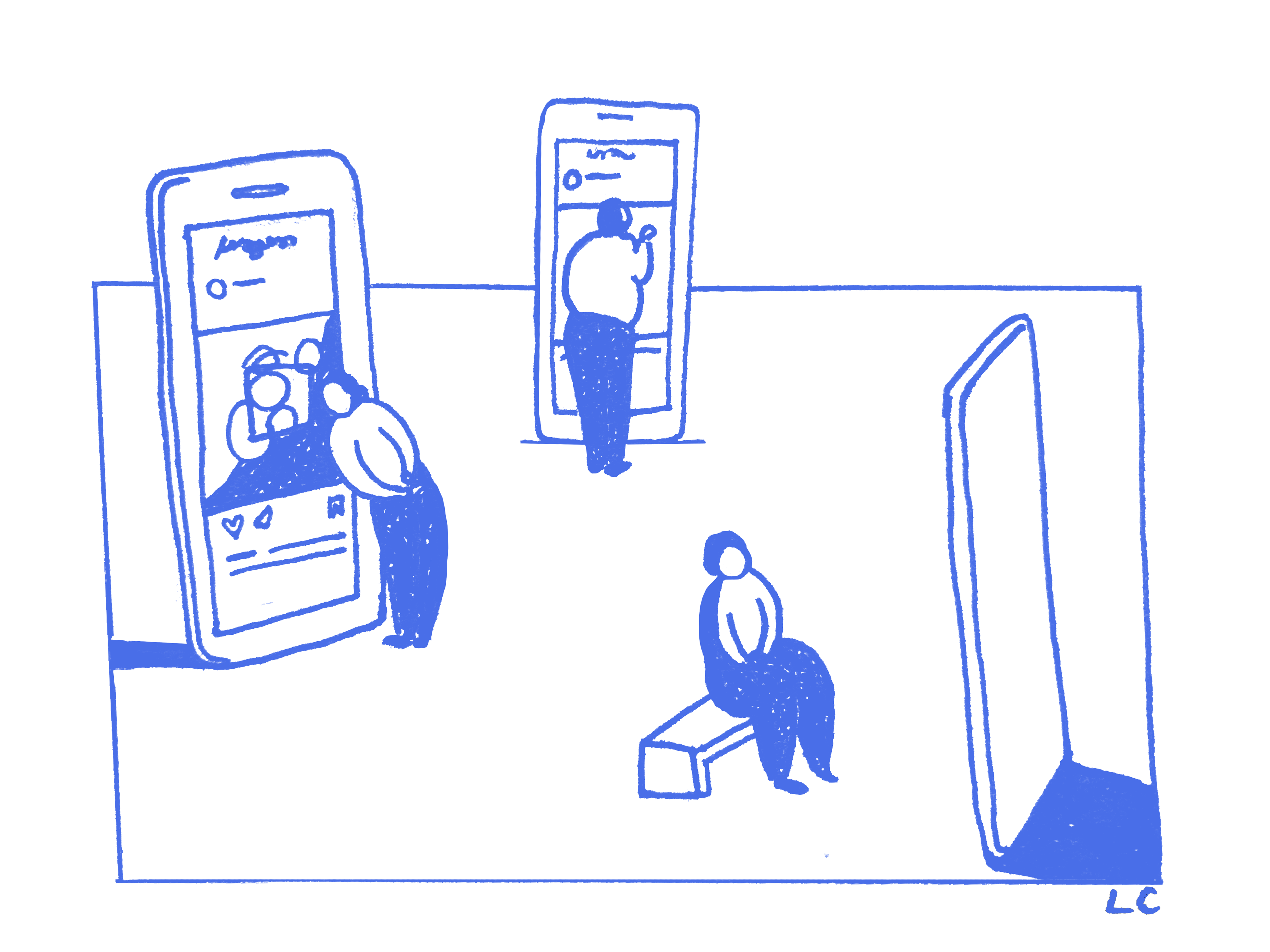Concordia’s Ethnocultural Art Histories Research group (EAHR) has done incredible work in creating a space to highlight the works of 20 BIPOC artists during the pandemic.
HEAR US NOW!, an exhibition presented by EAHR, displays various artworks, including installations, photography, and performances that engage with numerous topics, such as climate change, racism, and social justice activism.
According to their website, the EAHR group is a research group led by students from the Department of Art History. Since the summer of 2011, EAHR has been facilitating the possibilities of exchange and creation through various projects which aspire to provide a stimulating framework allowing problems of ethnic and cultural representation in the visual arts in Canada to be studied.
A call for submissions was announced in mid-June and closed at the end of August. As people were experiencing their first summer during the pandemic, the group decided to create an Instagram project to diffuse the works of BIPOC artists during these tumultuous and uncertain times.
Artists could submit a maximum of five artworks in any type of medium that could be posted on Instagram. After submitting the works, artists would receive a notification from the EAHR group within two weeks. Selected works would be posted every two weeks, allowing the audience to take a look at the different projects.
The works of multidisciplinary artist Jayce Salloum can be found in the online exhibition. Salloum is a grandson of Syrian immigrants and was raised in Syilx (Okanagan territory) in B.C. Salloum’s work originates from an intimate engagement of places. His works in the exhibition are from his project beyond now (2020), which are writings of texts that he selected to make sentences. On the slides, the audience can read sentences such as “racism inbred in the fabric of the constructed nation” and in smaller text “a pandemic of inequality.”
A second selection of Salloum’s work was shown recently for ISEA2020 (International Symposium on Electronic Art)’s collaborative projects with EAHR, entitled (pre)existing conditions. Salloum’s work exposes other fragments of texts such as “why does a virus have to appear to reveal how connected we all are” with a hashtag #impact_the_social or “white names our streets they’ve no claims here wrecking consciousness still stolen lands” with the hashtag #decolonize. Salloum’s text fragments are straightforward and represent ongoing social tensions.
Viewers can also appreciate the works of Cantonese visual artist Florence Yee, whose work in the exhibition focuses on Cantonese-Canadian history. Yee’s work also examines queerness, racialization, and language. Whitewashed, vinyl on plastic bag (2018) is an installation consisting of a white garment bag hung on a clothing rack with “they said I was whitewashed, but Chinese people only run dry cleaners” written on it.
In their statement, Yee describes their practice as beginning with researching historical references to Cantonese-Canadian history, and now having “moved into a more intimate, more self-doubtful examination of diasporic family respectability from a queer lens.” Using “textile installation to question the stoicism of assimilationist imperatives, by holding space for personal and intergenerational failure and cultural loss.”
As HEAR US NOW! has come to an end, EAHR has selected seven of the 20 artists to take part in a collection of new media projects with ISEA’s theme this year “Why Sentience.” This is in reference to various events that have been happening this year, such as wildfires bursting on the planet, systemic racism, and more contemporary issues.
You can check out HEAR US NOW! exhibition through the hashtag #EAHR_ISEAC2020 on Instagram and the archive on the group’s website.
Photographs courtesy of EAHR, Jayce Salloum and Florence Yee.
Feature graphic by Lily Cowper.
